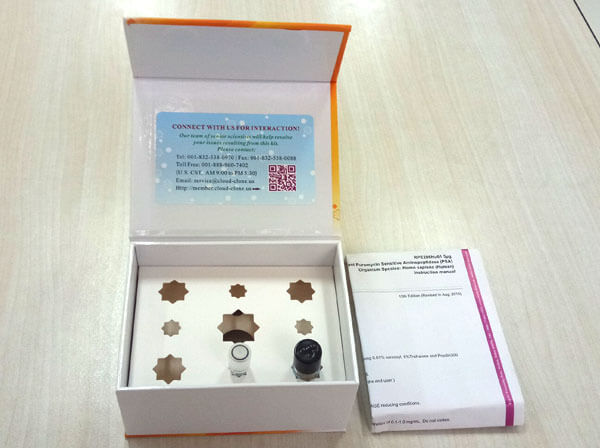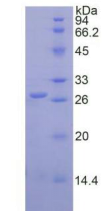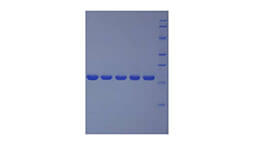Active Glutathione S Transferase Pi (GSTp) 

GSTP1; GST-P1; DFN7; FAEES3; GST3
- UOM
- FOB US$ 230.00 US$ 576.00 US$ 1,152.00 US$ 3,456.00 US$ 8,640.00
- Quantity
Overview
Properties
- Product No.APB090Ra01
- Organism SpeciesRattus norvegicus (Rat) Same name, Different species.
- ApplicationsCell culture; Activity Assays.
Research use only - DownloadInstruction Manual
- CategoryEnzyme & KinaseMetabolic pathwayTumor immunityHepatology
- Buffer FormulationPBS, pH7.4, containing 0.01% SKL, 5% Trehalose.
- Traits Freeze-dried powder, Purity > 90%
- Isoelectric Point7.4
Sign into your account
Share a new citation as an author
Upload your experimental result
Review

Contact us
Please fill in the blank.
Activity test
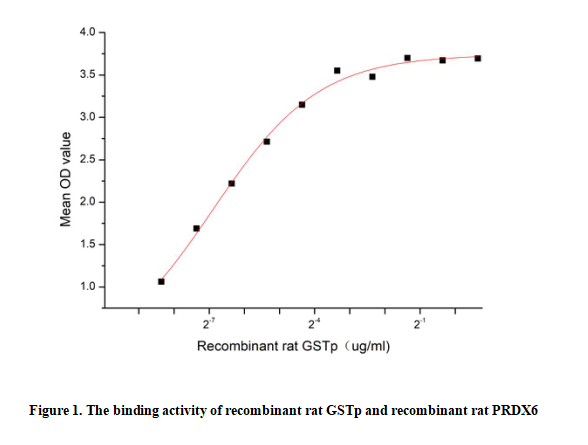
Recombinant Glutathione S Transferase Pi (GSTp) is a key enzyme in the body. It conjugates glutathione with electrophilic substances, playing a vital role in detoxification and antioxidant defense. GSTp is involved in protecting cells from harmful substances and oxidative stress by binding with PRDX6 .Thus a functional ELISA assay was conducted to detect the interaction of recombinant rat GSTp and recombinant rat PRDX6. Briefly, GSTp was diluted serially in PBS with 0.01% BSA (pH 7.4). Duplicate samples of 100 μl were then transferred to PRDX6-coated microtiter wells and incubated for 1h at 37℃. Wells were washed with PBST and incubated for 1h with anti-GSTp pAb, then aspirated and washed 3 times. After incubation with HRP labelled secondary antibody for 1h at 37℃, wells were aspirated and washed 5 times. With the addition of substrate solution, wells were incubated 15-25 minutes at 37℃. Finally, add 50 µL stop solution to the wells and read at 450/630nm immediately. The binding activity of recombinant rat GSTp and recombinant rat PRDX6 was shown in Figure 1, the EC50 for this effect is 0.008ug/mL.

Usage
Reconstitute in 10mM PBS (pH7.4) to a concentration of 0.1-1.0 mg/mL. Do not vortex.
Storage
Avoid repeated freeze/thaw cycles. Store at 2-8°C for one month. Aliquot and store at -80°C for 12 months.
Stability
The thermal stability is described by the loss rate. The loss rate was determined by accelerated thermal degradation test, that is, incubate the protein at 37°C for 48h, and no obvious degradation and precipitation were observed. The loss rate is less than 5% within the expiration date under appropriate storage condition.
Increment services
-
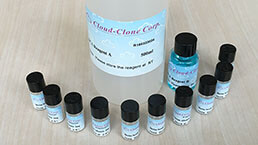 BCA Protein Quantification Kit
BCA Protein Quantification Kit
-
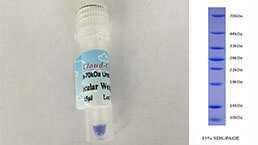 Molecular Mass Marker for Protein
Molecular Mass Marker for Protein
-
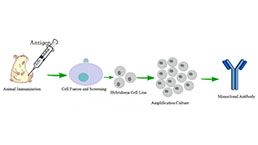 Monoclonal Antibody Customized Service
Monoclonal Antibody Customized Service
-
 Polyclonal Antibody Customized Service
Polyclonal Antibody Customized Service
-
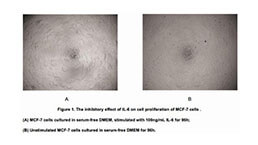 Protein Activity Test Experiment Service
Protein Activity Test Experiment Service
-
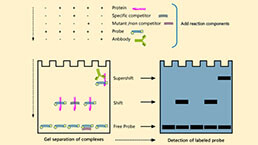 Electrophoretic Mobility Shift Assay (EMSA) Experiment Service
Electrophoretic Mobility Shift Assay (EMSA) Experiment Service
-
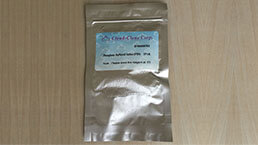 Buffer
Buffer
-
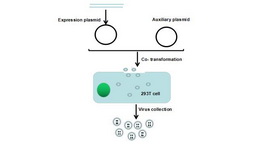 Lentivirus Packaging Experiment Service
Lentivirus Packaging Experiment Service
-
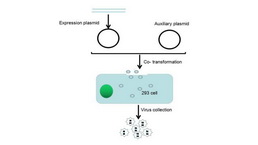 Adenovirus Packaging Experiment Service
Adenovirus Packaging Experiment Service
-
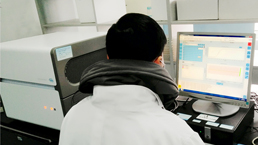 Real Time PCR Experimental Service
Real Time PCR Experimental Service
-
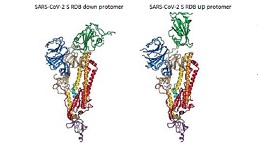 Spike RBD Protein (S-RBD)
Spike RBD Protein (S-RBD)
-
 Protein G
Protein G
-
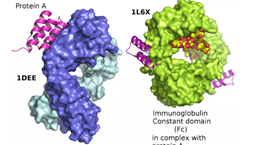 Protein A
Protein A
Citations
- Glutathione S-Transferase P1 Correlated with Oxidative Stress in Hepatocellular CarcinomaPubMed: PMC3619117
- Human Glutathione S-Transferase Enzyme Gene Polymorphisms and Their Association With NeurocysticercosisPubmed:27021019
- 3D Printing of Differentiated Bone Marrow Mesenchymal Cells as a New Method for Liver Tissue Engineeringart00007
- Comprehensive proteomic profiling of patients' tears identifies potential biomarkers for the traumatic vegetative statePubmed:30019218
- Attenuating effect of Indole-3-Carbinol on gold nanoparticle induced hepatotoxicity in rats
- The Role of Glutathione S-Transferases in Pleomorphic Adenomas of the Salivary Glands




